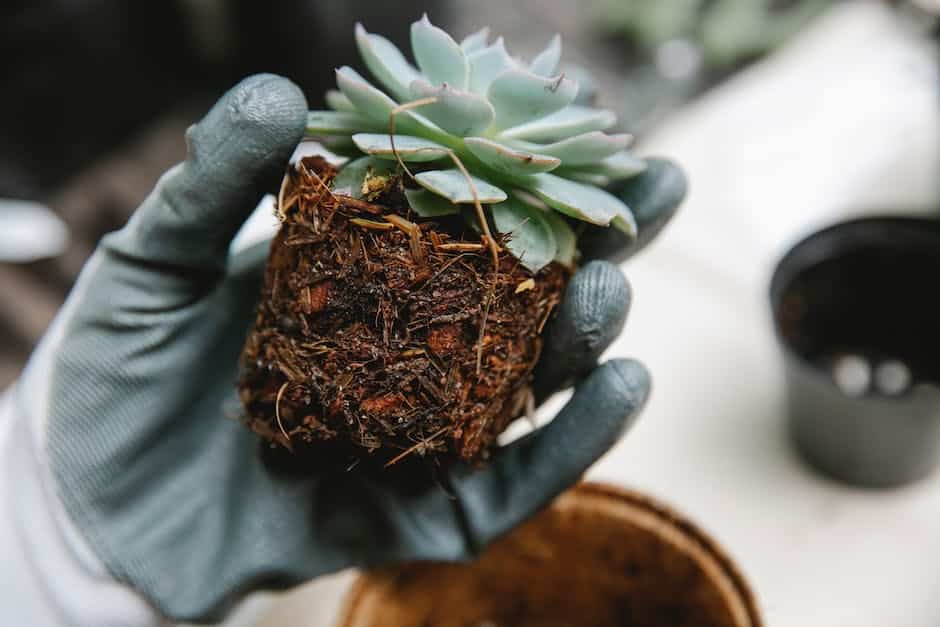What Materials are Suitable for Raised Garden Beds?
Raised garden beds have become increasingly popular among gardeners of all experience levels. They offer numerous benefits, such as improved soil drainage, better pest control, and easier access for planting and maintenance. When it comes to choosing the right materials for your raised garden bed, durability and sustainability are key factors to consider. In this article, we will explore the various materials that are suitable for raised garden beds, focusing on their pros and cons to help you make an informed decision.
Eco-Friendly Materials for Raised Garden Beds
If you’re conscious about the environment and want to minimize your carbon footprint, there are several eco-friendly materials you can choose for your raised garden bed:
- Stacked Stone: Stacked stone is a durable and aesthetically pleasing option for raised garden beds. It offers excellent insulation and can retain heat, which is beneficial for plant growth. However, it can be more expensive compared to other materials.
- Recycled Redwood: Using recycled redwood not only helps reduce waste but also provides a durable and long-lasting option for your garden bed. Redwood is naturally resistant to rot and decay, making it an ideal choice for outdoor use.
- Stacked Pallet: If you’re looking for a budget-friendly option, stacked pallets can be a great choice. They are typically made from reclaimed wood and can be easily stacked to create a raised bed. However, keep in mind that the quality and durability of pallet wood can vary.
- Cedar: Cedar is a popular choice for raised garden beds due to its natural resistance to rot, insects, and fungal decay. It is also known for its beautiful color and aroma. While cedar may be more expensive than other options, it can last for many years with proper maintenance.
Other Materials to Consider
While the eco-friendly materials mentioned above are excellent choices, there are also other materials you can consider for your raised garden bed:
- Pressure-Treated Wood: Pressure-treated wood is treated with chemicals to increase its durability and resistance to rot. However, it is important to note that some pressure-treated wood may contain harmful chemicals, so be sure to choose a product that is safe for gardening.
- Composite Wood: Composite wood is a combination of wood fibers and recycled plastic. It offers the look and feel of real wood while being resistant to rot, insects, and decay. It is a low-maintenance option, but it may be more expensive than traditional wood.
- Galvanized Steel: Galvanized steel is a durable and long-lasting material that can withstand harsh weather conditions. It is resistant to rot, pests, and corrosion. However, it may not provide the same aesthetic appeal as natural wood.
- Concrete Blocks: Concrete blocks can be used to create raised garden beds, especially if you prefer a more industrial or modern look. They are durable and provide excellent stability. However, they may retain heat and require additional insulation for the roots of your plants.
Conclusion
When it comes to choosing materials for your raised garden bed, it’s important to consider both durability and sustainability. The eco-friendly options, such as stacked stone, recycled redwood, stacked pallets, and cedar, offer a balance between longevity and environmental impact. However, if you’re open to other materials, pressure-treated wood, composite wood, galvanized steel, and concrete blocks can also be viable choices depending on your specific needs and preferences.
Related Websites:
FAQs:
Q: What are the benefits of using raised garden beds?
Raised garden beds provide several benefits including improved soil drainage, better pest control, easier maintenance, and reduced strain on the gardener’s back.
Q: What are the factors to consider when choosing materials for raised garden beds?
When selecting materials for raised garden beds, it is important to consider factors like durability and lifespan, cost and budget, availability and accessibility, and the environmental impact of the materials.
Q: What are the pros and cons of using wood for garden beds?
Wood is a common material for raised garden beds. It is affordable, readily available, and easy to work with. However, it may rot over time and require regular maintenance and treatment to extend its lifespan.
Q: What are the advantages and drawbacks of using composite materials for raised garden beds?
Composite materials offer benefits such as durability, resistance to rot and insects, and low maintenance. However, they can be more expensive than other materials and may have limited aesthetic options.
Q: What are the considerations for choosing stone or concrete raised garden beds?
Stone and concrete beds are durable and long-lasting. They provide a natural and aesthetically pleasing look. However, they can be heavy and more challenging to construct.






